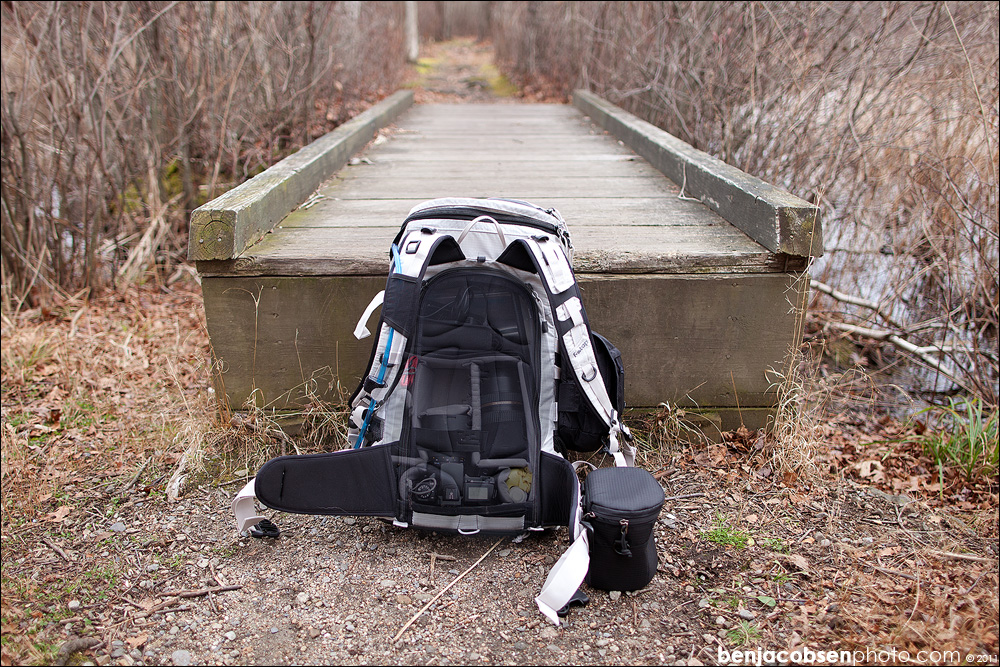
In this case, and in an 8x10ish print, the image compression eliminates the softness. On screen at 100% I can see slight softening, but viewing the entire image at 9.5" wide it's only at 20%. For example, on a recent trip I used f/8 a lot with the Pan 14-45, which is sharper at f/5.6. Whether or not diffraction is a problem at any given f-stop depends a lot on how large the image display will be, whether on screen or in a print. Or is it the same as with what I could expect with a Canon 7D? I will primarily be using the 12-50mm or the 25mm for landscape. I don't know at what point diffraction becomes a problem with mft. With my DSLR f8 -f11 was pretty good for most situations unless it was really bright or in failing light.

Well, the test linked above shows the 12-50 to be sharpest in the center by f/4 (just barely sharper than wide open at f/3.5) and sharpest in the edges at f/5.6 (f/8 - one stop down from wide open - at 50mm).Īs a side note, most of my 4/3 lenses can be shot close to wide open with good results.īeing new to mft I am not sure about f stop settings for landscape photos. My other lenses, the 20, 45 and 40-150, can also be used with this rule of thumb, but the primes sharpen up rather quickly, so don't need stopping down unless the light's too bright or I want more DOF. However, depending on the scene you are photographing, stopping down may put more of it within the DOF and result in an overall sharper photo, if the portions of the photo that were outside the DOF at a wider aperture that were brought into the DOF at a smaller aperture outweighs the overall effects of diffraction softening. In terms of the sharpness of the optics themselves.Īnd that's what I try to do with landscapes. I don't own the 25 but find the 12-50 sharpest closed two stops (regardless of zoom value). That's Merklinger's method and it does work. Usually better quality for scenery comes with setting focus on the furthest thing in the scene and using as small as necessary aperture diameter to give sense of foreground detail. The interactive graphs at (not responding at the moment, may be doing maintenance) and the lenses marked as (Tested) do have graphs to play with to help determine best apertures for image quality. But of course if doing close-up and macro then you may end up at f/16 of f/22 as the increased depth of field over-rides the effect of loss of resolution in the final appearance of the shot. By f/11 (f/22 in terms of FF), diffraction softening is beginning to take a terrible toll, though DOF constraints might make f/8 (f/16 FF equivalent) the number you need.Īgree strongly - I mostly use the Panasonic 14-45mm lens on Oly bodies and it works best in the f/4 to f/8 range but I generally seem to leave it on f/6.3 or f/7.1 as a general use aperture at all focal lengths for scenery.Īt f/8 diffraction definitely is starting to reduce fine detail, at f/11 getting quite noticeable. I'd say more like f/4 - f/5.6 (f/8 - f/11 FF equivalent) would be more ideal.


 0 kommentar(er)
0 kommentar(er)
